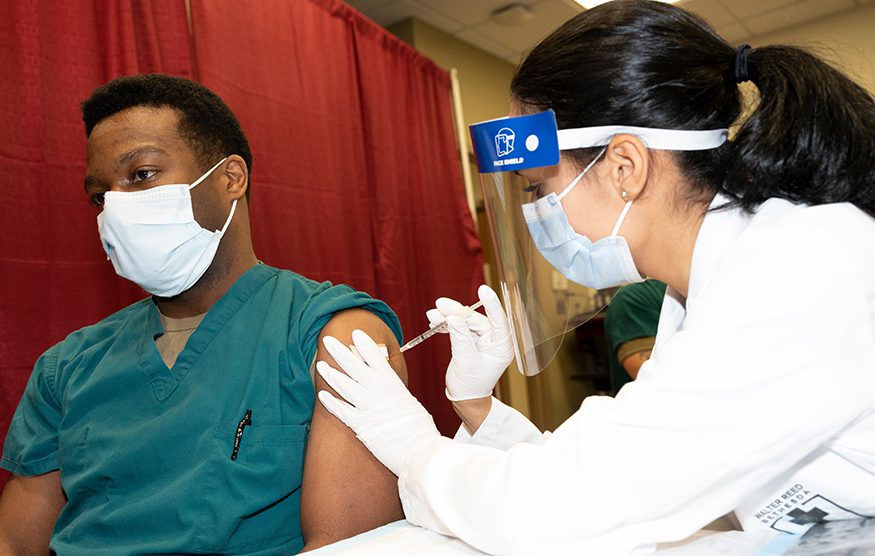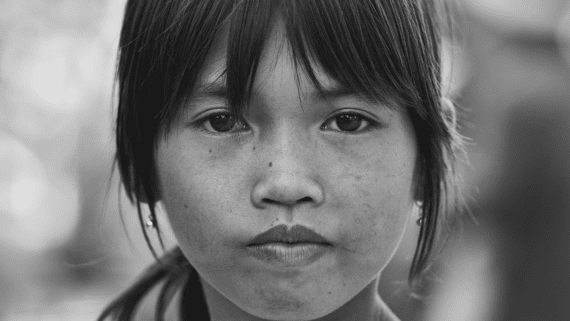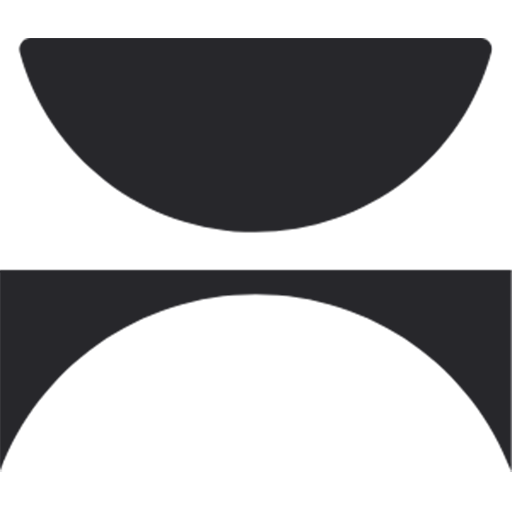By Michele Learner
In Bread for the World’s advocacy, as we work to strengthen the anti-hunger movement one activist, small group, church, or community at a time, one message that is implied if not always stated is that ending hunger is “not only the right thing to do, it’s also the smart thing to do.”
For many or most Bread members, doing the right thing far outweighs other possible motivations. Policymakers, potential activists, and other Bread members, while unwavering in their belief that ending hunger is the right thing to do, may also welcome reassurance in the form of a list of reasons that it is also “smart”—and vitally important. Taking action to improve policies and make progress against hunger is what unites us.
We all realize that not everyone is persuaded by either or both lines of reasoning. Bread seeks to understand the main factors behind inaction so that advocates can respond in ways that may be persuasive. Virtually every member of this group will agree that hunger should not exist, and most also agree that hunger is needless, that the world has enough resources for everyone. The objections, whether stated or unstated, often seem to be rooted in lack of urgency and/or cynicism: “It’s sad but it doesn’t affect me,” “I don’t think the world can end hunger—ever,” “We have urgent concerns here at home,” “Is it really a big problem?” It is as though they believe that nothing they do can make a difference—or enough of a difference to be worth the effort.
The COVID-19 pandemic is different. An infectious disease that threatens everyone on the planet is not remote or abstract. Until a large percentage of the global population receives an effective vaccine, a resurgence is always possible. The first reported case of COVID-19 was November 29, 2019. By summer 2020, nearly every country in the world was reporting cases. Most exceptions were small, remote island nations. The United States can “build back better,” but the recovery cannot truly be a lasting one if groups of people, in this country or abroad, are left to try to contain COVID-19 without the tools they need, tools that are now available.
The most essential of these are safe and effective vaccines, particularly those that appear likely to protect against “variants,” mutations of the virus that are now dominant in some regions and that often prove to be even more infectious than the original.
In February 2021, the U.K. medical journal The Lancet published hChallenges in ensuring global access to COVID-19 vaccines: production, affordability, allocation, and deployment.” Developing effective vaccines is, of course, an absolute necessity, but it is not enough to achieve global control of COVID-19. The Lancet report points out: “They also need to be produced at scale, priced affordably, allocated globally so that they are available where needed, and widely deployed in local communities.” The authors consider possible obstacles in each of these areas. They have also developed a dashboard in order to track the possible contributions to reaching global immunity, and the possible tradeoffs or disadvantages, of each vaccine in use now or newly approved.
Early on, in April 2020, the World Health Organization (WHO) established a global vaccine allocation mechanism, the COVID-19 Vaccine Global Access (COVAX) facility. Its objectives are to secure low vaccine prices using “pooled” procurement, and to provide all countries with access to a diversified portfolio of vaccines during the acute phase of the pandemic, particularly in 2021. Countries will be able to buy vaccines at prices that are subsidized by development assistance.
As of February 2021, governments and other partners have committed about $4 billion to COVAX. WHO and the Global Vaccine Initiative (GAVI) estimate that an additional $6 billion to $8 billion will be needed by the end of 2021. This will enable COVAX to procure and deliver 2 billion doses. They caution that if this funding is not available, there are 85 countries that will not have widely available vaccines against COVID-19 until 2023.
There are also a host of barriers to universal adult vaccination in many low-income and middle-income countries. In fact, as of 2018, 74 of the 194 WHO member states had no adult vaccination program for any disease. Less than 11 percent of the countries in Africa and South Asia reported having such a program. It will take time and resources to overcome logistical difficulties.
Protecting all people from COVID-19 is the right thing to do. It is the only way to contain the pandemic and put an end to the death, suffering, economic devastation, and myriad harmful secondary impacts the novel coronavirus continues to cause all over the world. Moreover, the resources needed are modest—compared both to other essential spending categories in higher-income countries, and to doing the right thing and the smart thing.
Michele Learner is managing editor with Bread for the World Institute.



